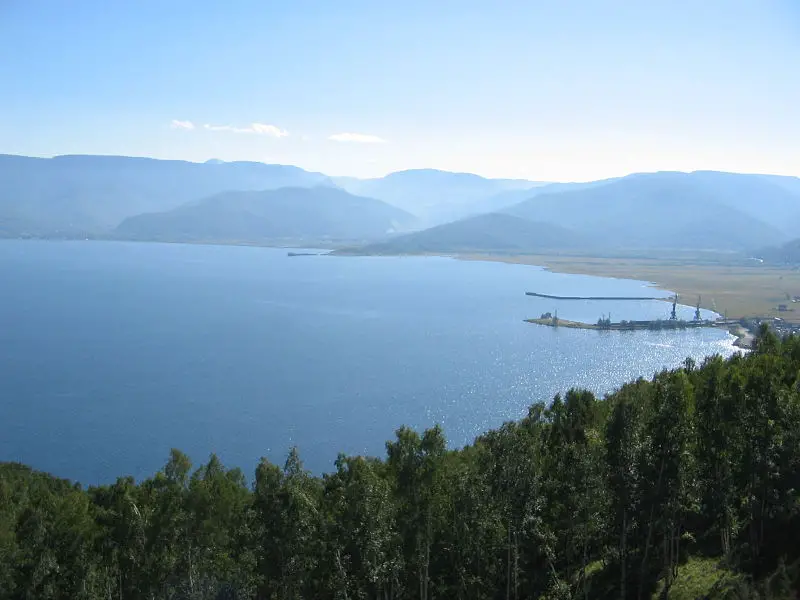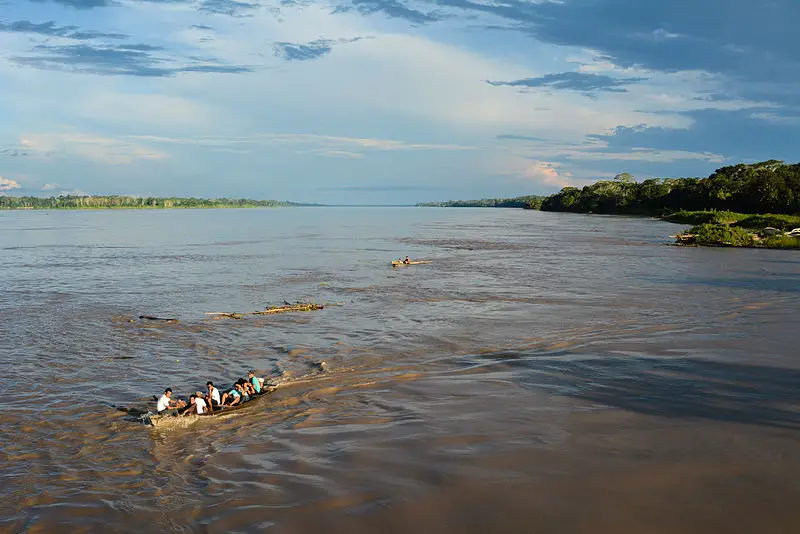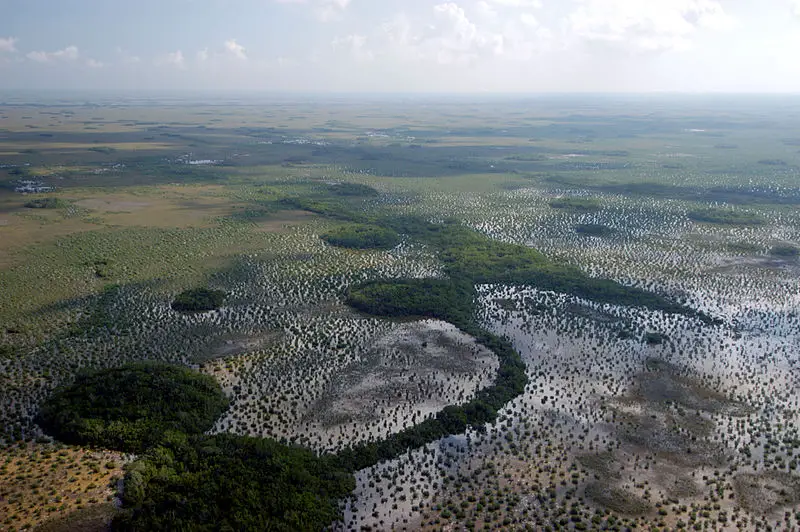As the name states, the freshwater biome is made up of freshwater. Freshwater is water that has a salt concentration less than 1%.
The freshwater biome is made up of different regions: ponds and lakes, streams and rivers, and wetlands.
Ponds and Lakes
Ponds and lakes can come in many different sizes. They also vary in how long they may last. Some ponds disappear after only a few months, while lakes can last for hundreds of years.
Ponds and lakes are separated into three different zones: littoral, limnetic, and profundal.
The littoral zone is the warmest zone of a pond or lake as it is closest to the shore. This area gets the most sunlight and is the most diverse in terms of life. Animals like fish, insects, and amphibians make their home in the littoral zone.
The water that is away from the shore, but still near the surface, is called the limnetic zone. This area is home mostly to plankton. Plankton are very small organisms that other organisms eat to survive.

The deepest part of a pond or lake is called the profundal zone. This is the coldest and darkest part of a pond or lake. Heterotrophs are usually the only organisms found in this area. Heterotrophs are organisms that eat dead organisms in order to get oxygen.
The temperature in ponds and lakes can vary but is usually between 40 degrees Fahrenheit and 70 degrees Fahrenheit. The water near the surface is usually warmer, with colder water deeper in the pond or lake.
Streams and Rivers
Streams and rivers are usually made from melting snow or ice from mountains. The water flows in one direction and flows towards the ocean.
A stream or river is coldest near the source – where it is getting its water. As it runs towards its mouth, the water gets warmer.

The middle part of a river or stream is usually wider than at the source. There is a greater diversity of plants and animals as well.
Near the mouth, the river and stream is usually murky from picking up sediments. It has also lost a lot of oxygen on its journey. These things limit the amount of plants and animals that can survive near the mouth of a stream or river.
Wetlands
Wetlands are areas where standing water is often found. These include marshes, swamps, and bogs.
They are formed from flooding rivers, or where groundwater seeps through the bedrock.

Wetlands have the highest species diversity of all biomes. Amphibians, reptiles, birds, insects, and mammals can all be found in wetland areas.
Interesting Facts:
- The Everglades in Florida is the largest freshwater habitat in the world with over 1.5 million acres of wetlands
- Most lakes were formed from glaciers that moved across Earth during the last ice age
- Catfish are found near the mouth of rivers as they require less oxygen to survive
- Wetlands can also be a saltwater ecosystem as there are saltwater marshes